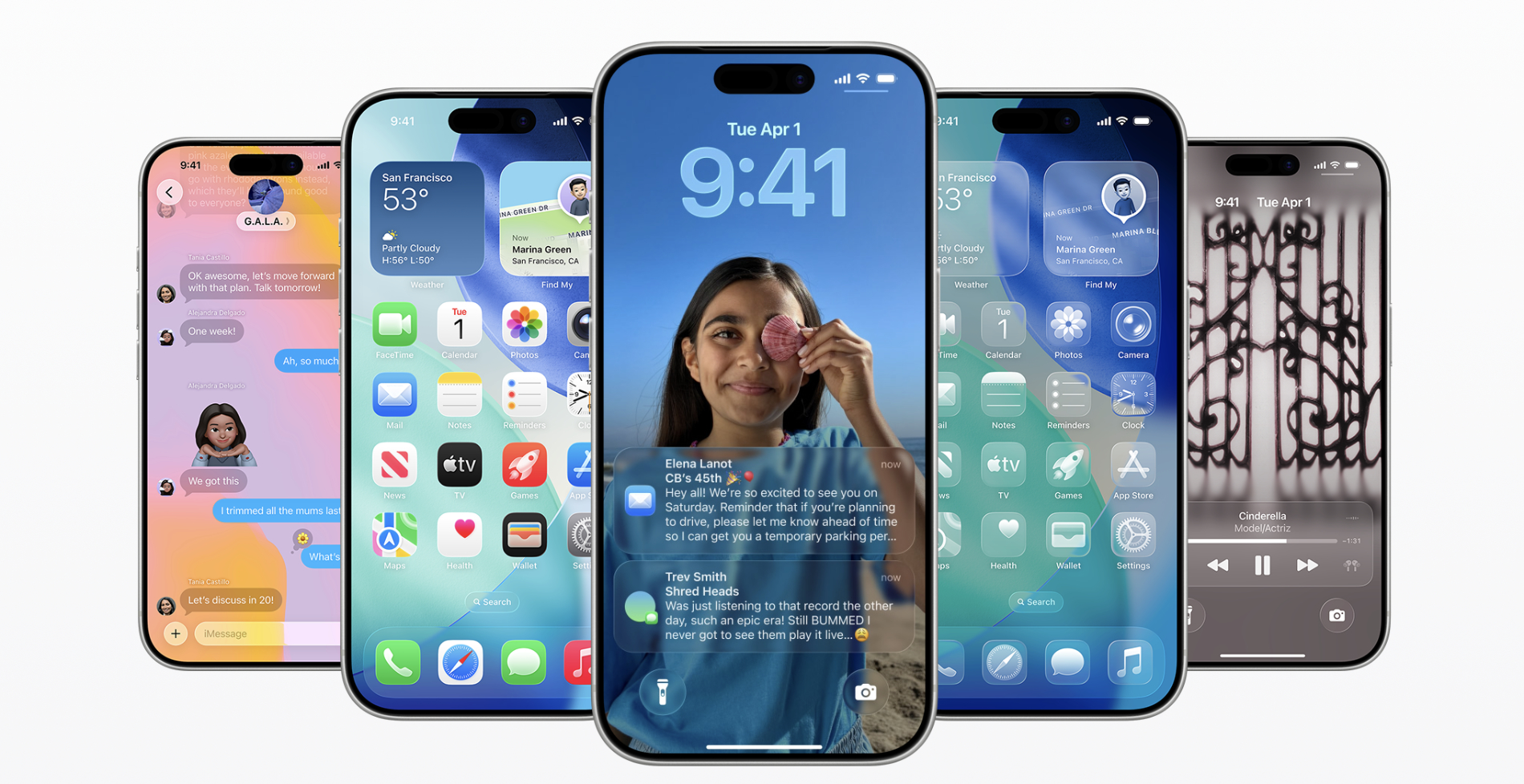
Pinstripe aims to reimagine the secondhand market by offering sellers the opportunity to have both a digital storefront and a physical retail presence.
Launched in June, the platform offers an alternative approach compared with other marketplaces like Archive, Depop, Facebook Marketplace, and Poshmark. With Pinstripe, sellers take their clothes to local consignment stores, vintage shops, and retailers, where store employees handle the handoff process, freeing sellers from the burden of dealing with in-person interactions. Pinstripe also recently introduced an automated offer system that uses its AI-powered assistant to manage the bid and ask process.
Sellers often face the stress of setting up booths at flea markets or organizing pop-up sales to sell vintage or secondhand clothing, accessories, and other curated items. Those looking to sell clothes from their own closets also encounter challenges, such as the discomfort of having strangers visit their homes or the difficulties of coordinating public meetups. Additionally, the hassle of shipping products can be another huge headache.
With the rise of the secondhand retail market — driven by the increasing acceptance of buying used items and the fast fashion industry’s contribution to landfill waste — Pinstripe founders Sam Blumenthal and Taro Tomiya recognized the need for a better solution.
“Both of us are secondhand shoppers as well as sellers,” Blumenthal told TechCrunch. “The pain point we really identified was it’s easy to shop secondhand, but it’s really hard to sell. The reason that we have landfills that you can see from outer space, that 82 pounds of clothing are thrown away per person in America a year, is because it’s much easier to throw something out than it is to sell or donate it.”

Pinstripe is currently available only to users in New York City, where finding decent closet storage is a significant challenge and stores have ample unused space.
“What we do is we connect people with too much clothing and stores with too much space. We recognize there’s a synergistic exchange, but what the stores want is more traffic and more profit, and what the influencers want is a way to monetize their wardrobe and the way to get rid of it instantly,” said Blumenthal.
Sellers seem to benefit the most from this arrangement, receiving 70% of the sales revenue. In contrast, Pinstripe takes 20%, while the retail partners receive the remaining 10%.
Even though its retail partners take the smallest slice of the pie, Blumenthal reports positive feedback, as the platform aims to help businesses that lack an online presence or social media marketing teams. However, he also acknowledges that the limited staff at some of these stores could present challenges, as it requires additional storage space and manpower to facilitate transactions.
Blumenthal and Tomiya also recognized that some customers may feel frustrated with other marketplaces because they can’t try on the clothes before purchasing. Pinstripe offers the benefit of allowing buyers to browse and purchase items online while also experiencing the clothing in person. Customers can try on items, and if they aren’t satisfied with them, they can request a refund.
In addition, Pinstripe offers next-day courier delivery for $10. However, it’s important to note that buyers who select the delivery option can’t try before they buy, and all purchases are final. Only in-person shoppers are eligible for refunds.

While Pinstripe stands out from many of its competitors, the app experience is what users would typically expect.
For buyers, there is an algorithm that curates options based on their personal style. Buyers can filter listings by size, price, brand, color, condition, and more. Additionally, there is a map feature that allows users to discover nearby sample sales, flea markets, pop-up shops, and estate sales. The pickup process is standard; buyers receive an email or app notification when their item is ready. To collect their purchase, they must have the confirmation code.
Sellers can create listings, upload photos, write descriptions, and set prices on the platform. One noticeable difference is there’s no in-app messenger to chat with buyers.
Pinstripe’s new AI-powered feature, called “Offer,” utilizes ChatGPT and open source models to assist sellers in managing the bidding process. Sellers can now request that the AI assistant accept offers automatically.
Also, if an item doesn’t sell after 30 days, sellers can choose to have it donated, and Pinstripe sends local charities to pick it up and donate it on their behalf.
Pinstripe evolved from a similar startup founded by Blumenthal and Tomiya in 2022 called Banter, an e-commerce platform that featured multiplayer shopping and social elements, allowing consumers to connect with like-minded shoppers. Last February, the startup raised approximately $900,000 in a small pre-seed funding round from Breakers VC, General Advance, Muchmore Ventures, and Unpopular Ventures.
“We pivoted after seeing this massive new trend that my friends, my co-founder, and I are behaving from a consumer standpoint, which is thrifting secondhand fashion. Many of these brands and stores are not capitalizing on [the shift],” said Blumenthal.
Pinstripe is available in the App Store and on the web. It touts a few thousand or so monthly active users and works with almost a dozen retail partners, including Club Vintage, Lahn Shop, Leisure Centre, and the Brooklyn Vintage Club.
The platform also has notable advisers on board, including Ben Max Rubinstein and Julie Bornstein (former Stitch Fix and Daydream founder).






